Tanzania is a country of abundant natural beauty situated on the east coast of Africa. It boasts an amazing seven UNESCO World Heritage Sites, 16 National Parks, 31 game reserves, and shares picture-perfect Mount Kilimanjaro—the highest free-standing mountain in the world—with neighbouring Kenya.
Situated between Kilimanjaro and Lake Victoria to the north is the 5,700-square mile Serengeti Plain. The word Serengeti comes from the Maasai word Siringitu, which translates into “endless plain.”
The Endless Plain
The morning we set off on our safari dawned cool and clear. We met our tour guide, Eddie, and climbed into a modified Land Cruiser to negotiate what passes for roads in the fabled Serengeti.
It wasn’t long before we spotted brightly coloured lilac-breasted rollers with their iridescent blue wings flitting between the more than 120 varieties of spiny Acacia trees that pepper the savanna.
We also came across zebras crowding the road, cuddling their heads on one another in a bonding ritual; young male giraffes fighting for dominance; lions lazing in the sun; hippos rolling in mud; a leopard crouching in a tree; an impala harem and offspring; troupes of baboons grooming each other; and elephants teaching their young how to grab a trunk-full of grass but eat only the succulent shoots above the root and below the dry tops.
The next day we caught sight of the annual wildebeest migration slowly eating its way across the ocean of lush, green grass. The herd was so big it had no beginning and no end—just a huge undulating dark shadow moving across the horizon. As we got closer we could distinguish forms, and closer still, individual animals.
At last count 1.5 to 2 million wildebeest make the hazardous journey, including as many as 300,000 newly born calves, along with hundreds of thousands of zebras and Thomson’s gazelles.
[gallery ids=“2128522,2128536,2128524,2128521,2128529,2128523,2128533,2128528,2128544,2128539,2128541,2128548,2128549,2128546”]
The herds annually cross the Serengeti from their breeding ground in the grasslands of the south, westward past the swampy savanna, across the crocodile-infested Grumeti River, and into the northern woodlands. The long columns of migrating animals, drawn north by the rains and the promise of food and water, is one of the most amazing spectacles nature offers. It is a never-ending saga, as once the grasslands in the north are depleted, the herds return to the south in a clockwise circuit to mate and calve and begin the trek anew.
It is an oft-recounted and photographed intense journey that challenges the survival of all but the heartiest of animals. Survival of the fittest ensures that the animals strong enough to make the journey will maintain the vigorous stock while the fall of the weakest will unwittingly but necessarily contribute to the survival of the carnivorous lions, hyenas, cheetahs, wild dogs, leopards, vultures, and other scavenging birds and animals that follow the migration.
Wildlife Galore
The Serengeti is home to herds of Thomson and Grant gazelle, lions, cheetahs, hyenas, impala, zebras, baboons, rhinos and hippos, giraffes, warthogs, and mongoose, plus over 500 varieties of birds and water fowl. Some birds are as big as the ostrich, or of startling beauty like the European roller, or green-and-orange lovebirds sitting in a row, or the steel-blue whydah with its long, split tail trailing out behind it in flight or hanging down a foot or more at rest.
We frequently came across pools of muddy water with hippos lazing in the swollen depressions. Hippos can hold their breath under water for long stretches of time before their massive hulks begin to float upward, first looking like a smooth boulder in the water until the head breaks trough with protruding eyes and snorting nostrils, and finally the mouth, with its enormous canines and lopping pink tongue.
The stench of the hippos hung in the air from yards away and their effluvia saturated the atmosphere. Surprisingly to me, a city-dweller, none of the other animals gave off an odour. In fact, the savanna had a gentle sweet scent, possibly due to the profusion of wild flowers that covered the landscape—pink and lilac, yellow and red, purple and white—making the rainy season a colourful and fragrant time of year to visit.
When it did rain it was at night when we were snugly tucked into our tents, protected from the weather and roaming animals, in as much luxury as the territory could provide.
Oldupai Maasai Village
Leaving the Serengeti, we drove north over a flat scrub bush landscape, occasionally broken by wildly twisted acacia trees, sometimes cradling a lion or leopard in its branches. We made a detour on the way to the Ngorongoro Crater to visit an Oldupai Maasai village. The Maasai have lived in the Ngorongora Conservation Area for hundreds of years and still maintain their complex pastoral lifestyle.
These tall, very dark-skinned people—with beautiful facial features sporting high cheekbones, straight noses, and elongated necks—wear brightly coloured fabrics and intricately beaded jewelry to decorate their head, ears, neck, wrists, and ankles.
They welcomed us warmly. The men sang and danced their warrior chants and the women responded with their traditional songs while both sexes jumped high, competing with one another to show their prowess.
Afterwards we were shown into a traditional hut made of thatch and cow dung. The polygamous culture supports women cooperating with each other to build separate huts where each wife lives with her children while the “husband” moves from hut to hut. The entire Boma (village) is enclosed by a fence festooned with hundreds of pieces of beaded jewelry made by the women, which they sell to augment their family income.
Ngorongoro Crater
Part of the same ecosystem as the Serengeti but visually a world apart, the splendid Ngorongoro Crater has to be seen to be believed; it is the largest unbroken caldera in the world, with its steep walls rising 2,001 feet above the crater floor.
Poised at the edge of what some call the eighth wonder of the world—the Ngorongoro Conservation Area—we paused to visit Olduvai Gorge, the legendary site where in 1959 paleoanthropologist Mary Leakey found the 1.75-million-year-old skull that she and husband Louis Leakey named Zinjanthropus. Olduvai is a derivative from the Maasai word Oldupai, a type of sisal that grows wild in the gorge.
At the Ngorongoro Crater Lodge we bade farewell to Eddie and said hi to Robert, our &Beyond Africa guide for the next phase of our safari. Part of the thrill in visiting the Ngorongoro Crater is the hair-raising ride over torturously bumpy and steep roads to get there, and along the way spying far below the deep blue spring-fed Lake Magadi with its carpet of pink flamingos so numerous it takes your breath away.
Visitors to the parks mustn’t stray off the roads and must exit by 6 p.m.—however tempting it may be to cross the fields or delay departing while the light holds. It was at Ngorongoro that we had our sole black rhino sighting. Considering there are only 25 in the entire park we were lucky, especially since it was a female with calf.
In the distance we could make out the distinctive up-turned horn on both animals but could not get closer. At any rate we could now brag at having seen all of the “big five”: elephant, up close and personal; lion, even closer; buffalo, not so close but close enough; leopard, elusive but photographable; and rhino, in the distance.
Spooked Elephant
In fact, for those few days the sheer number and variety of animals we saw was overwhelming, and I would hardly lower my camera for fear I would miss something.
Good thing I was poised for action because as we were taking the road out of the crater to make the 6 p.m. park curfew, a bull elephant—instead of ignoring us as all the other animals had—for some reason saw us as a threat and charged with a warning salvo, ears flapping and trunk lowered. Robert stopped the vehicle but the elephant kept coming, so he slowly inched backwards until the elephant saw we weren’t going to challenge it. Then, losing interest, it moved off.
The safari guide’s knowledge is the most vital component to a safe and awesome experience. He knows where to go to find the best sightings, is a fund of information about everything from habitat to husbandry, and most importantly is trained to respond to the unexpected.
Thanks to Robert’s instinct and experience, instead of being a frightening incident, our encounter with the elephant was an electrifying highlight that ended another extraordinary day in Tanzania.
Barbara Angelakis is a seasoned international traveller and award-winning writer based in the New York City area. To read more of her articles and adventures visit LuxuryWeb Magazine at www.luxuryweb.com
MORE INFORMATION:
Tanzania Tourist Board: www.tanzaniatouristboard.com
Tanzania National Parks: www.tanzaniaparks.com
Africa Adventure Consultants: www.adverturesinafrica.com
Asilia Africa: www.asiliaafrica.com
&Beyond Africa: www.andbeyondafrica.com

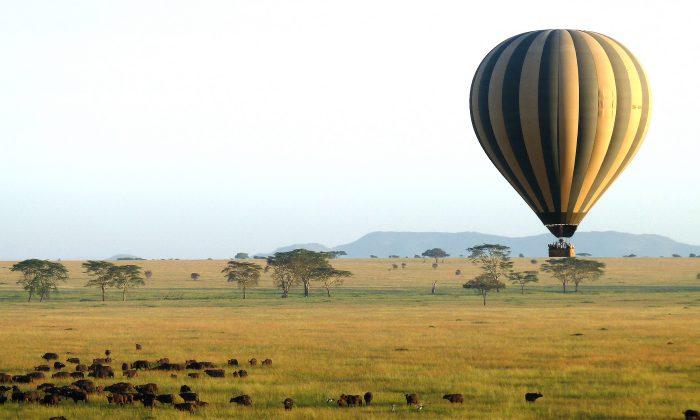
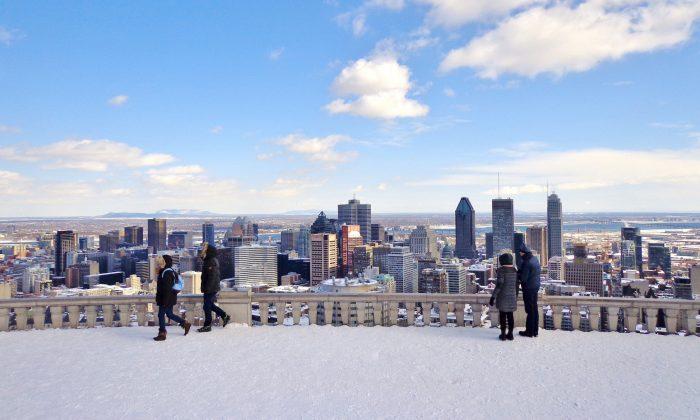
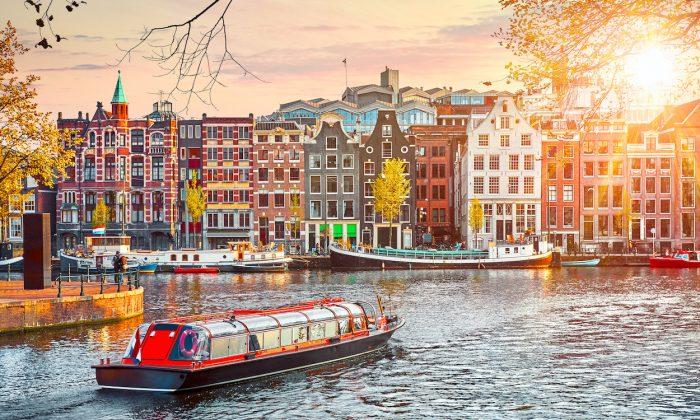
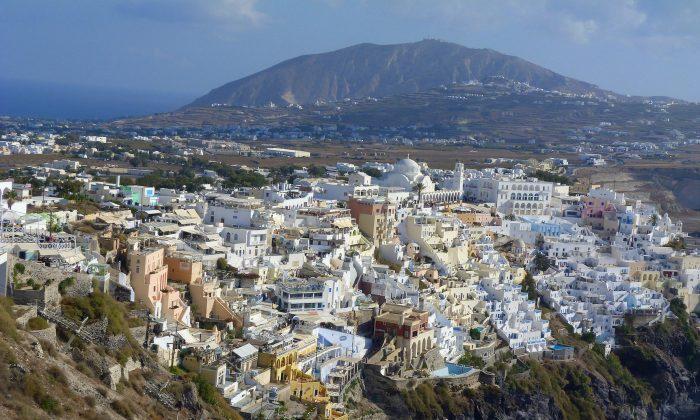
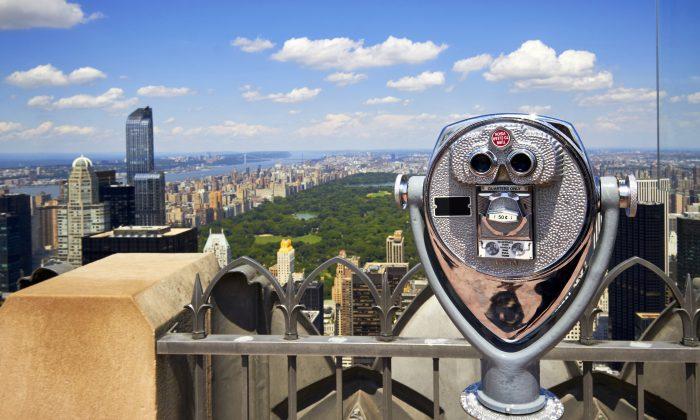
Friends Read Free